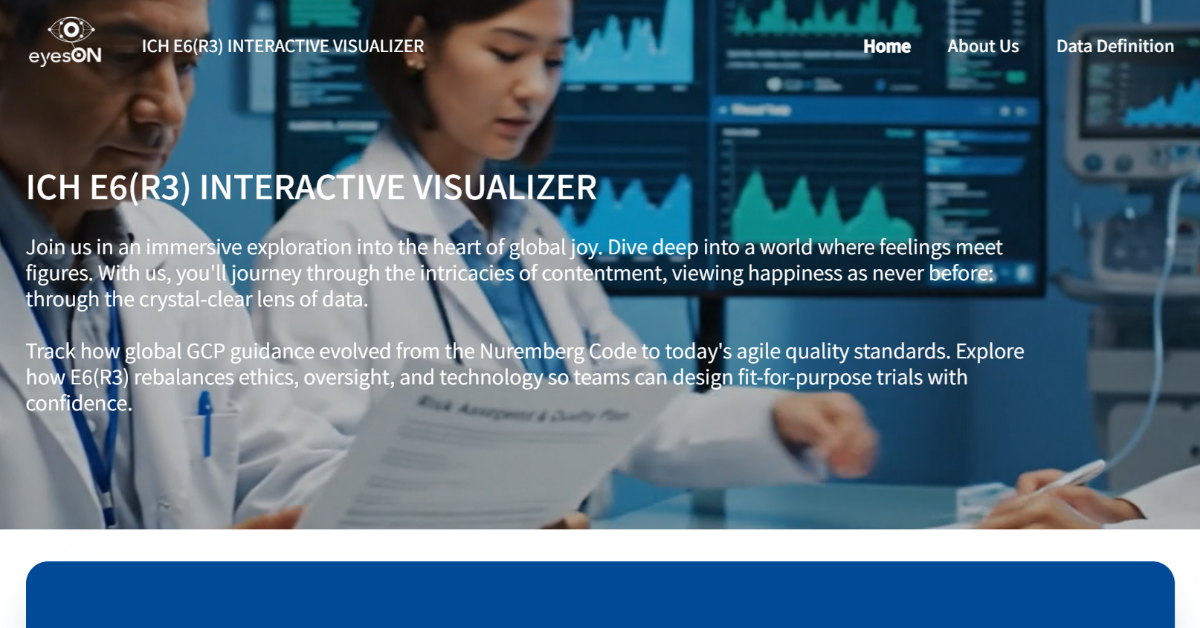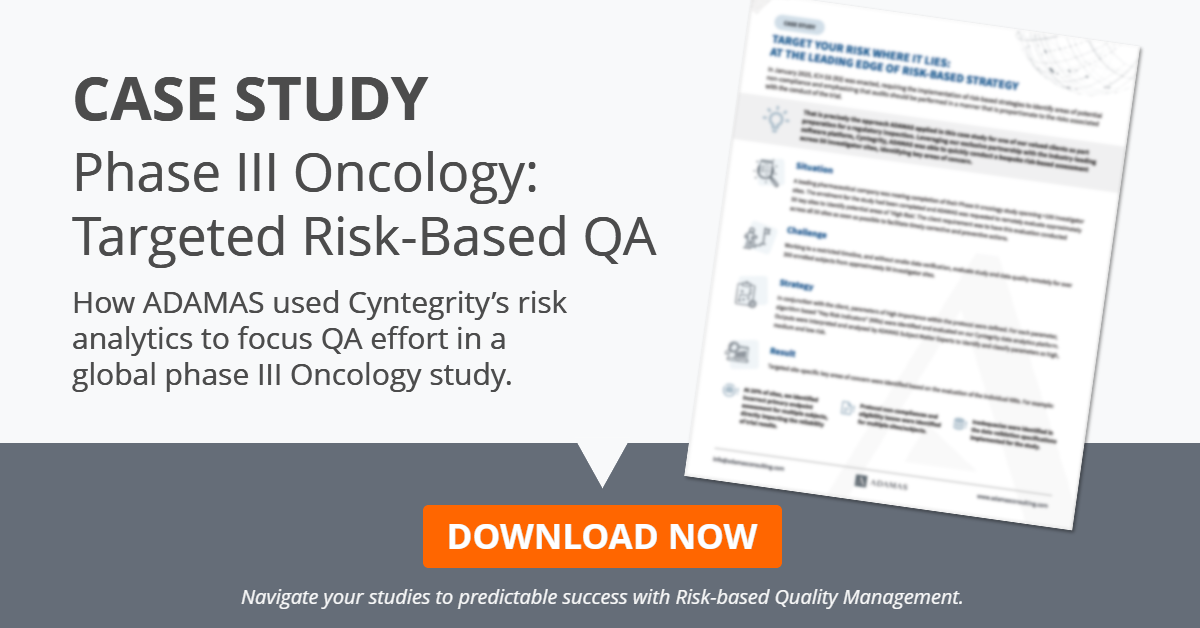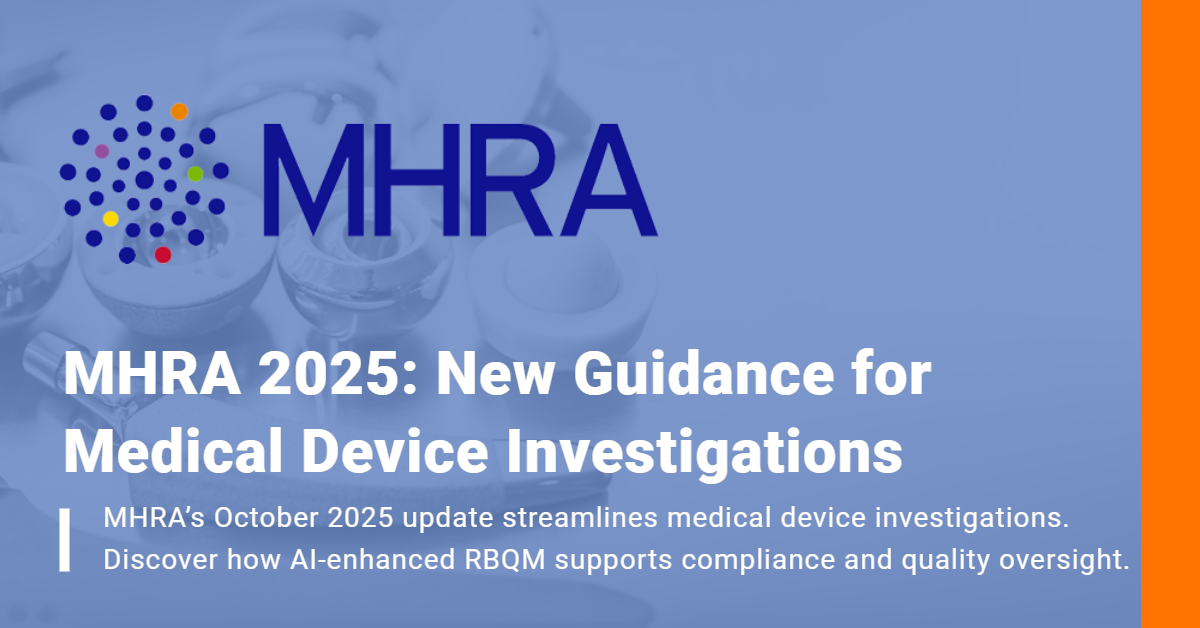Cyntegrity Finalist for SCOPE Best of Show Awards
Cyntegrity is thrilled to announce that we have been selected as one of the finalists in the inaugural SCOPE Best of Show Awards! This recognition is a testament to our commitment to providing innovative solutions that help streamline and improve clinical trials and research.
 Newly released since January 2023
Newly released since January 2023
Our openFDA Drug Interaction Visualizer has been newly released since January 2023, making it eligible for the SCOPE Best of Show Awards. This recognition is a testament to our commitment to providing innovative solutions that help streamline and improve clinical trials and research.
Voting at the SCOPE Best of Show Awards
The winners of the Best of Show Awards will be determined by the SCOPE community through live voting at the event. Voting will take place from 9:35am on Tuesday, February 7th to noon on Wednesday, February 8th. The winners will be announced live on the exhibit hall floor on Wednesday, February 8th, at 1:20pm.
Join us at Booth #423 and cast your vote
We invite you to come and visit us at Booth #423 and cast your vote. Our representatives Artem Andrianov, CEO, Nora Brennan, Head of Customer Success, and David Lacagnina, Chief Business Officer, will be there to give you a firsthand look at the openFDA Drug Interaction Visualizer and answer any questions you may have. We also have exciting gifts for you including free t-shirts and a free coupon worth 199 USD for the RBQM Essentials White Belt e-course.
Experience the excitement of the SCOPE Best of Show Awards
This is a fantastic opportunity to support Cyntegrity and see for yourself why our openFDA Drug Interaction Visualizer is making waves in the clinical research industry. We can’t wait to see you at the SCOPE Best of Show Awards and share in the excitement of this landmark event!

Why did we develop a Drug Interaction Visualizer?
Our team at Cyntegrity has developed the Drug Interaction Visualizer to address the significant challenge of potential drug interactions. The FDA collects millions of adverse event reports but extracting valuable insights from this vast amount of information can be difficult due to the variations in reports. With up to 50% of adults in the United States taking two or more medications, the potential for drug interactions presents a significant challenge for both patients and healthcare providers.
The Drug Interaction Visualizer allows users to explore potential drug interactions between different medications and make more informed decisions about their treatment plans. The visualizations are based on real-world data collected by the FDA between 2015 and 2021, containing more than 17,000 most prescribed FDA-regulated drugs with adverse event reported.
This tool can be used in both clinical practice and research to anticipate and verify adverse events before harmful effects occur, such as increased risk of bleeding, organ damage, or death. It can also provide insights to portfolio managers and Chief Medical Officers on potential new therapeutic areas to investigate, and identify areas where improvements in patient quality of life can be made and potential opportunities for the development of novel drugs. By identifying common drugs associated with adverse events, pharmaceutical companies can focus on creating new drug classes to address these adverse effects and enhance drug safety.
One of the most innovative aspects of our tool is its use of open data sources. By working with open data, we have been able to overcome several challenges that can arise when working with this type of data, such as data quality and completeness, data format and structure, data cleaning and preprocessing, data privacy and security, and scalability and performance.
The lessons learned from working with Open Data Sources
Our team at Cyntegrity has been able to take these challenges and turn them into opportunities for innovation. By using open data, we have been able to create a unique resource for clinical research professionals that provides visual aids to help users efficiently and effectively understand the significance of real-world data. This allows for a more comprehensive understanding of drug interactions, which can be crucial in the clinical research field.
In addition, working with open data sources also allows for greater accessibility and collaboration within the community. This can lead to new discoveries and breakthroughs in the field that would not have been possible without the use of open data.
We are excited to continue pushing boundaries and delivering cutting-edge resources to the clinical research community by working with open data sources. We believe that our openFDA Drug Interaction Visualizer is a prime example of the value and potential of utilizing open data in innovative ways.






